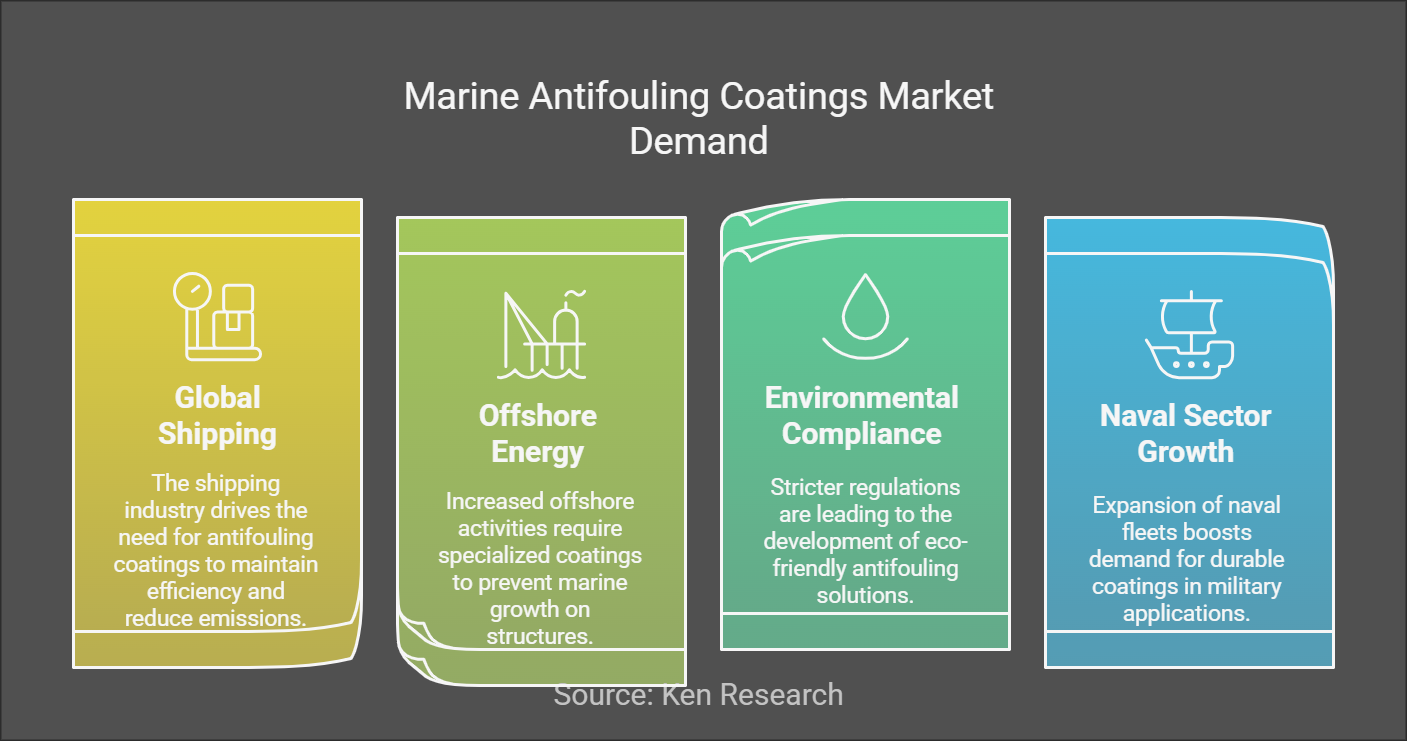What are the Challenges and the Opportunities in the India Refrigerants Market?

Strong 8k brings an ultra-HD IPTV experience to your living room and your pocket.
The India refrigerants market is undergoing a paradigm shift, fueled by rising urbanization, rapid industrial development, and climate-related regulations. As the demand for air conditioning, cold storage, automotive cooling, and commercial refrigeration systems grows, so does the demand for efficient, environmentally compliant refrigerants.
Valued at over USD 1.5 billion, the Indian refrigerants industry is poised for steady growth, but the road ahead is layered with both regulatory complexity and innovation-driven opportunity. For businesses, understanding these challenges and how to navigate them is essential for sustainable success.
Key Challenges in the India Refrigerants Market
1. Regulatory Pressure from Global Environmental Protocols
India, as a signatory of the Montreal Protocol and the Kigali Amendment, is committed to phasing out ozone-depleting substances (ODS) and hydrofluorocarbons (HFCs). This transition is critical—but complex.
- HFCs, while ozone-safe, are potent greenhouse gases (GHGs). Their phase-down is impacting major industries relying on legacy systems.
- Manufacturers must invest in retrofitting equipment and adopting alternative low-GWP (Global Warming Potential) refrigerants.
- Regulatory timelines are tightening, increasing compliance costs and creating urgency for R&D.
2. Lack of Awareness and Technical Expertise
Despite environmental regulations, many smaller manufacturers and service providers still operate with outdated systems.
- There’s a significant knowledge gap in safe refrigerant handling, storage, and leak detection protocols.
- Training and certification programs for HVAC-R technicians are limited in reach, especially in semi-urban and rural India.
- This limits the pace of adoption for newer refrigerant technologies and risks non-compliance.
3. High Cost of Natural and Low-GWP Refrigerants
New-age refrigerants such as R-290 (propane), R-600a (isobutane), and R-32 are more sustainable but come at a higher price due to production and import costs.
- End-users and OEMs (Original Equipment Manufacturers) often hesitate to switch without financial incentives or clear ROI.
- Cold chain operators and small commercial setups are particularly price-sensitive, creating resistance to green alternatives.
Opportunities Fueling Market Growth
1. Expanding Cold Chain and Food Processing Sector
India’s rising demand for perishable goods, pharmaceuticals, and dairy products is driving exponential growth in cold chain logistics.
- Cold storage, refrigerated trucks, and last-mile delivery solutions are generating demand for energy-efficient and sustainable refrigerant systems.
- Government support through schemes like PMKSY (Pradhan Mantri Kisan SAMPADA Yojana) is encouraging investment in cold chain infrastructure.
- As noted in the India refrigerants market report, this sector alone holds a strong potential for increased refrigerant consumption in the coming years.
2. Technological Innovation and Product Development
Manufacturers are investing heavily in R&D to develop next-generation refrigerants that balance performance, safety, and sustainability.
- Use of natural refrigerants like CO₂ (R-744) and Ammonia (R-717) is growing in industrial refrigeration.
- Hydrofluoroolefins (HFOs) are emerging as viable alternatives with ultra-low GWP, especially in automotive and commercial air conditioning.
- OEMs collaborating with refrigerant companies are introducing smart HVAC systems equipped with IoT and energy optimization features—unlocking new revenue streams.
3. Policy-Driven Market Transformation
With India actively participating in climate goals, regulatory shifts are now seen as growth enablers, not just hurdles.
- Incentives for green building certifications, eco-labeling, and carbon trading mechanisms will drive adoption of eco-friendly refrigerants.
- The Indian government’s push for energy-efficient cooling solutions under the India Cooling Action Plan (ICAP) provides a roadmap for sustainable growth.
- For deeper insights into regulatory impact and product demand across segments, businesses can refer to the latest sample report on India refrigerants market.
Final Thoughts
The India refrigerants market is at a crossroads. On one side lies the challenge of transitioning to greener alternatives under regulatory pressure. On the other, lies a massive opportunity driven by demand from food supply chains, urban HVAC adoption, and sustainable infrastructure.
For stakeholders—from chemical manufacturers and equipment OEMs to policymakers and investors—the focus must be on balancing affordability, accessibility, and environmental performance.
Those who innovate responsibly and act early will define the next era of India’s cooling revolution.
Note: IndiBlogHub features both user-submitted and editorial content. We do not verify third-party contributions. Read our Disclaimer and Privacy Policyfor details.







